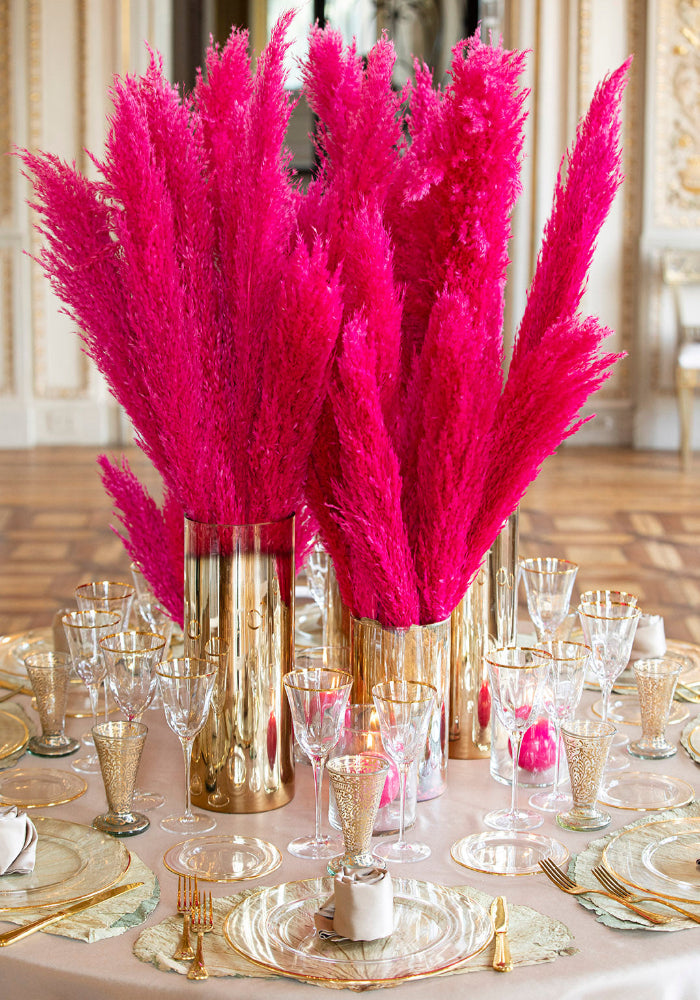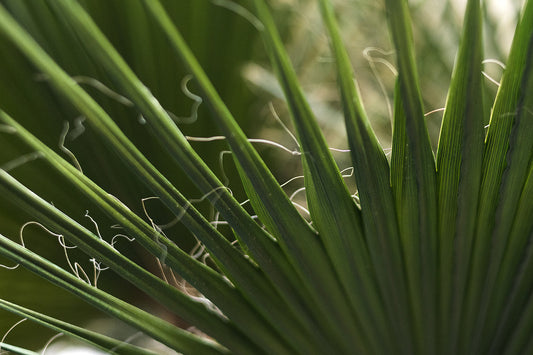A botanical innovation that combines nature, aesthetics, and sustainability.
Preserved plants are captivating for their silent and enduring beauty. They appear alive—and they were—but they don't grow, they don't fade, they don't need water or light. It's almost magical. Yet, behind this poetic appearance lies a scientific process as simple as it is revolutionary: plant preservation.
In this article, we explore in detail how this treatment works, why it is sustainable, and what advantages it offers over live or artificial plants.
What does “preserved plant” mean?
A preserved plant is a real, natural plant that has undergone a preservation process that stops it from growing but retains its shape, color, elasticity, and softness for years. It's not fake. It's not dried. It's "suspended in time."
How the stabilization process works
The principle is that of lymph replacement:
- The plant (or flower, or leaf) is harvested at its peak beauty and vigor.
- Immediately after, it is immersed in a solution based on natural glycerin, water and other biodegradable elements.
- This solution penetrates the lymphatic vessels, slowly replacing the natural lymph.
- Once absorption is complete, the plant is dried and manually finished to ensure its shape and stability.
Result: a plant that looks identical to life, but that needs nothing to stay perfect.
Is it a natural treatment?
Yes. The materials used in stabilization are of plant or mineral origin and completely non-toxic. The process does not use formaldehyde or chemicals harmful to humans or the environment.
It is a green alternative to:
- Live plants: requiring watering, fertilizing, lighting, and frequent replacement.
- Artificial plants: often made of plastic, unsustainable, and visibly unnatural.
The concrete advantages of stabilization
✔ Multi-year duration
A preserved plant can last 5–10 years with excellent aesthetic results.
✔ Zero maintenance
It requires no water, soil, light or care of any kind.
✔ Does not attract dust or insects
Unlike live plants, it does not produce humidity or mold.
✔ Environmental sustainability
It reduces the use of water resources, chemicals, and continuous transportation. A green investment.
An application for every environment
Stabilized flora is used in:
- Interior design: natural and sophisticated decoration for hotels, residences, offices, boutiques.
- Events and weddings: floral arrangements that never fade.
- Green walls: vertical installations with moss and lichen.
- Museum or retail installations: long-lasting and impactful compositions.
A new idea of green
Plant preservation bridges science, aesthetics, and sustainability. It's the opportunity to live surrounded by authentic greenery, without compromise. An innovation that not only decorates, but changes the way we think about nature in living spaces.





